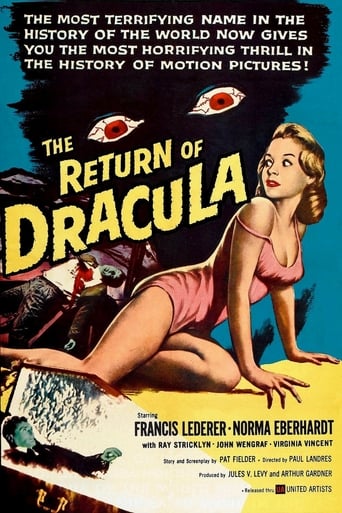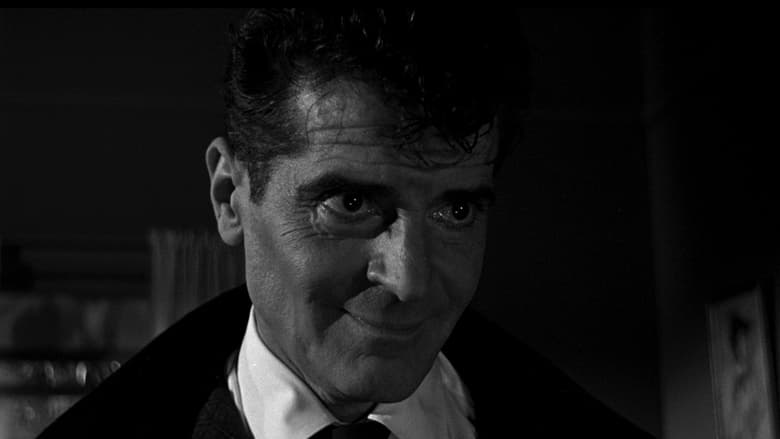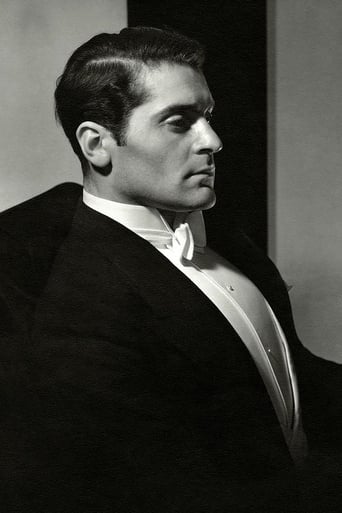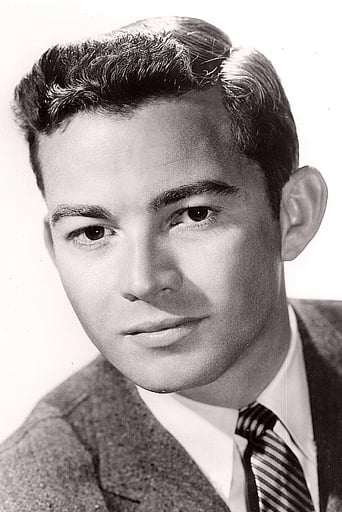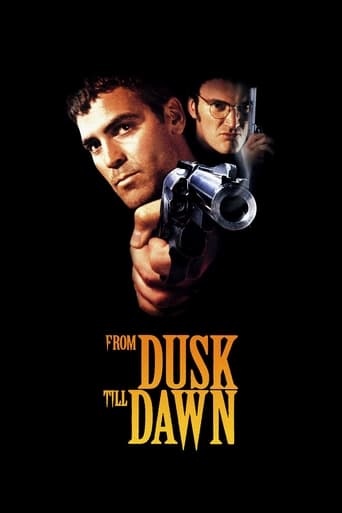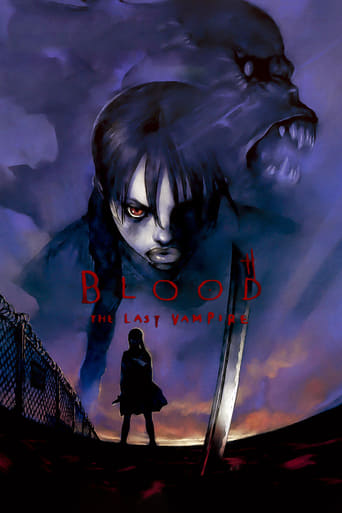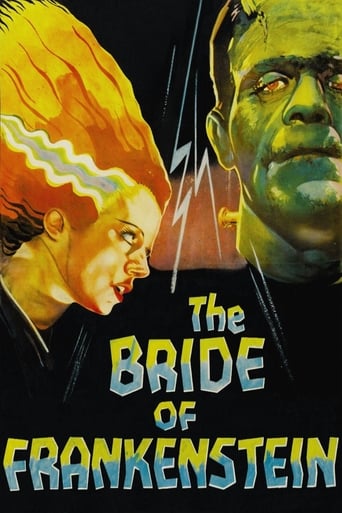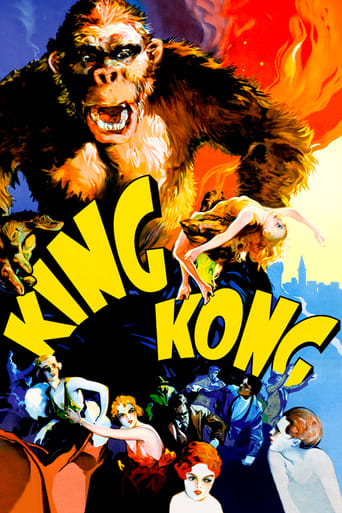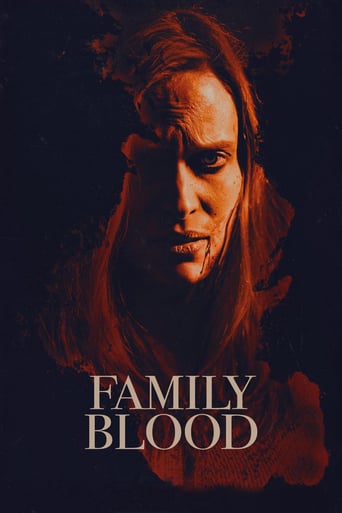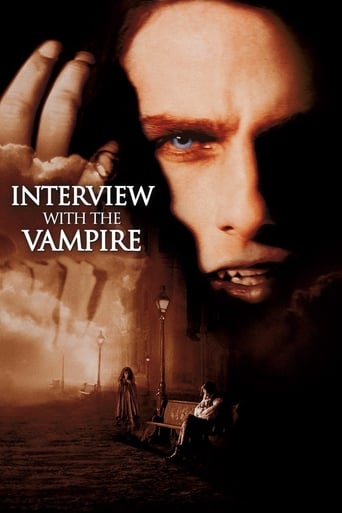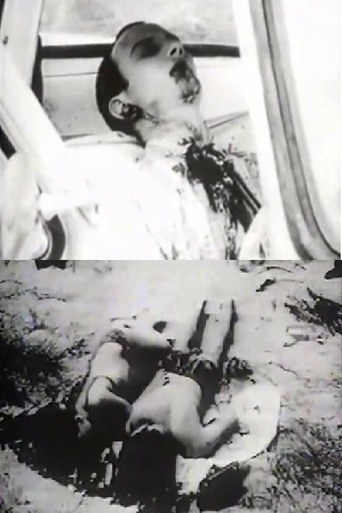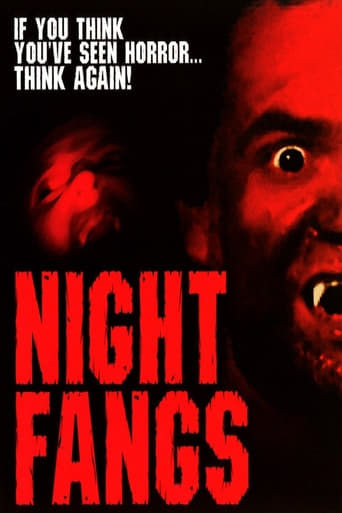The Return of Dracula (1958)
After a vampire leaves his native Balkans, he murders a Czech artist, assumes his identity, and moves in with the dead man's American cousins.
Watch Trailer
Cast
Similar titles
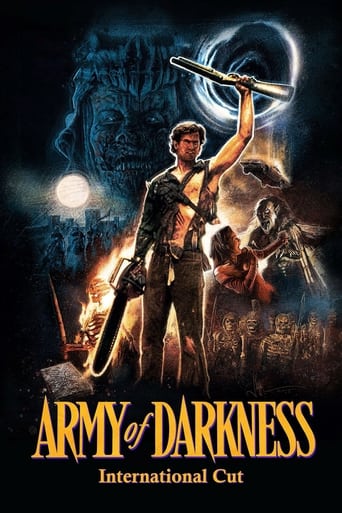
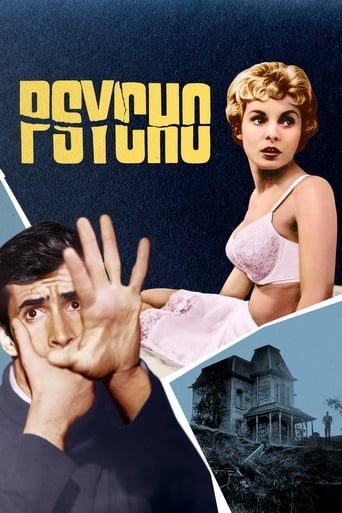
Reviews
just watch it!
I'll tell you why so serious
Beautiful, moving film.
By the time the dramatic fireworks start popping off, each one feels earned.
The death of Bela Lugosi in 1956 didn't instantly create a legend. That took time. But shortly after his death, an independent film honored him (sort of) by naming a character in this "Dracula" film "Bellac", obviously influenced by the forgotten old man of horror who had died in obscurity. Certainly, he had unreleased films ("Plan Nine From Outer Space"), but Bela Lugosi had slipped so far into obscurity that the only films he could get were so down the line of poverty row that they made his Monogram films look as if they had come from MGM. "Dracula" here is Francis Lederer, a grand old villain of the silver screen, once a romantic lead, but later cast in a variety of sinister roles, and now cast as the infamous Hungarian count. Somehow brought back from the dead after being killed in various ways under the acting chops of Lugosi, Lon Chaney Jr., and John Carradine, Dracula made a major comeback in the late 1950's. Not only was there Lederer in this enjoyable but predictable programmer, but Christopher Lee, who would create another legend in a series of Hammer films where he took over the role of the count, playing him more times on screen than any other actor.Lederer's dashing older count has immigrated from Hungary to the United States, pretending to be "Bellac", a cousin of the Mayberry family (no relation to Andy Taylor's Mayberry). Strange occurrences begin to happen, including the sudden death of their cousin (Virginia Vincent), and when pretty Norma Eberhardt meets Lederer, she becomes disturbingly fascinated with him, even though she's involved with Ray Stricklyn. It's apparent that something involving Vincent's death is tied in with Lederer, and it is ironically on Halloween (during a stereotypical local party) that Eberhardt's obsession comes to its full power, following Lederer to an abandoned mine while a local priest and a European vampire hunter decide to check in on Vincent's casket.Some amusing character performances includes a Margaret Hamilton like aunt who dresses as a witch, Eberhardt's younger brother (Jimmy Baird) who gets some really good lines (especially while in costume when asked where is costume is!), and John Wengraf as the visiting vampire hunter. This is a fine mixture of light comedy and gothic horror, with Lederer good in his one appearance as Mr. Toothy. Unfortunately, he is never seen exposing his fangs, so that does take away some of the horror element. I can see why this one has fallen into obscurity when compared to the Hammer series which took off right at the same time.
To be honest I am not a fan of Dracula movies but this one intrigued me. It is a good thriller although Dracula is not as charismatic as the 60's and 70's versions the actual story is better than most. It almost makes the character believable! Definitely a thriller rather than a horror story I really enjoyed it. Good Dracula movies are few and far between. This one is at the top end of the scale. No special effects, no garlic and the cross isn't as destructive as in most. 6/10 from me.
The xenophobic invasion plot of Bram Stoker's novel "Dracula" has proved quite versatile in movie adaptations. In the "Nosferatu" films (1922 and 1979 versions), it was related to the plague. In "The Return of the Vampire" (1943), the Dracula-esque vamp was an allegory for the Nazis. For "Drakula Istanbul'da" (1953), it was a historical repetition of Vlad the Impaler's raids on Turkey. "Dracula: Pages from a Virgin's Diary" (2002) updated it to reflect economic fears from East Asia. For most adaptations, it's tied in with religion and sex, as it was in the book. So, it seems appropriate to read an allusion to American paranoia of a communist invasion, as others have done for other 1950s horror films, as well as space-alien-invasion sci-fi, into this updated reworking of "Dracula" set in suburbia USA.Otherwise, this is a trashy, if fun, poverty-row production. In it, a vampire, who the title and characters in the film refer to as "Dracula," assumes the identity of man, who he kills on a train and who also happened to be an immigrant from somewhere in the Eastern Bloc. Especially with a red-paranoia reading, it's similar to "Invasion of the Body Snatchers" (1956). Dracula, then, takes up residence in his (that is, the dead man's) relatives' home, where the teenage daughter goes from adoring him to suspecting him of horrendous acts, a la Alfred Hitchcock's "Shadow of a Doubt" (1943). With the train arrival, alias, adoring female and the American resetting, it's also akin to "Son of Dracula" (1943). The daughter, who is essentially the Mina-type Stoker character, has a teenage boyfriend, who stands in for Stoker's Jonathan Harker. There's also a Van Helsing-like character leading the vampire hunters, and Jennie, the blind girl, replays Lucy's ordeal from the novel."The Return of Dracula" begins with a failed vampire hunt, as did its contemporary Stoker adaptation, Hammer's "Dracula," renamed "Horror of Dracula" in the US. Additionally, whereas the Hammer film is entirely in color, the otherwise black-and-white "The Return of Dracula" features one brief color shot of blood splatter.Some moments make this film worthy of being categorized, at best, as so-bad-it's-good, and left me scratching my head or chuckling. For instance, I doubted Dracula was even Dracula, let alone the identity he assumed, when he claims that the family's new, cookie-cutter home has "a feeling of the old world." A "snow job," indeed, as the all- American teenage boyfriend quips—while standing beside his convertible, lest we forget they're in 1950s California. In another scene, Rachel is in a hurry to see her dying friend Jennie, but she has the time to wait stubbornly for her boyfriend to reluctantly open the car door for her! Or, reacting to an investigator's questioning whether they were close to the late Jennie, Rachel's mother replies, "No, a little girl we all knew and loved ." Well, which is it? Later, there's the feeblest Halloween costume competition ever filmed. And the script skips entirely over the confirmation and evidentiary stages in the Van Helsing stand-in convincing a priest, a couple cross-bearing policemen and others to open Jennie's coffin for the purposes of hammering a stake into her heart—all the while she's awake and, thus, would appear alive to anyone who hadn't had vampirism proved to them. Indeed, the priest cries out that they made a mistake and had buried her alive. Never mind, they put a stake in her chest, anyways.Rising above this stuff, Francis Lederer is a rather good Dracula. Czech-born, he has the best accent for the role since Bela Lugosi, and he suits the pattern of the non-Stoker-type suave Count, which most movie adaptations have followed. Otherwise, this Dracula is a somewhat interesting immigrant. He praises America for the freedom it offers him, and he criticizes its society for requiring conformity to be accepted. Of course, this is part of his defending his blood-sucking habits. Ironically, he also offers to the blind Jennie, to free her from darkness and, as a vampire, into the light. In another politically-charged moment, an immigration detective lectures Dracula on the lack of rights in his communist country. The climax takes place in a fallout-shelter-like abandoned mine, where Dracula offers the Mina and Jonathan types survival from the "dying world" outside—which can be read as alluding to the nuclear threat of the Cold War.Another interesting part of this "Dracula" is the updated technology. The new tech of Stoker's late-nineteenth century—such as blood transfusions, the phonograph, shorthand and the typewriter— was an important tool in humanity's defeat of the ancient vampire in the novel. Here, the car, telephone and, most intriguingly, a cigarette-lighter spy camera play a comparable role. The spy camera reveals that Dracula's image cannot be photographed. This is something that Stoker didn't include in the novel, but researchers have found in his notes that he considered including it. Thus, like the inability of mirrors to capture his reflection, neither could his likeness be portrayed in portraiture—photographic or otherwise. Too bad this movie, which portrays Dracula as an artist and the Mina type an aspiring designer, doesn't include an attempt to draw the Count.(Mirror Note: There's a nice mirror shot of Dracula's non- reflection, with the camera turning and appropriately dramatic score to reveal him behind Rachel. This mirror appears throughout earlier scenes, too, foreshadowing this pivotal moment.)
After a vampire (Francis Lederer) leaves his native Balkans, he murders a Czech artist, assumes his identity, and moves in with the dead man's American cousins.What to say about this film? It has Dracula, but not the same Dracula we know and love. He hates mirrors, stakes and crosses... he dislikes daylight. But he does not look like Bela Lugosi. I guess neither does Christopher Lee, though.There is one second of the film shot in color, and a good choice of shot, too. The picture in general is pretty good, if a bit dark, and it is a shame that the Dracula story was taken by Hammer and this story was forgotten (though we cannot fault Hammer for doing a good job).
